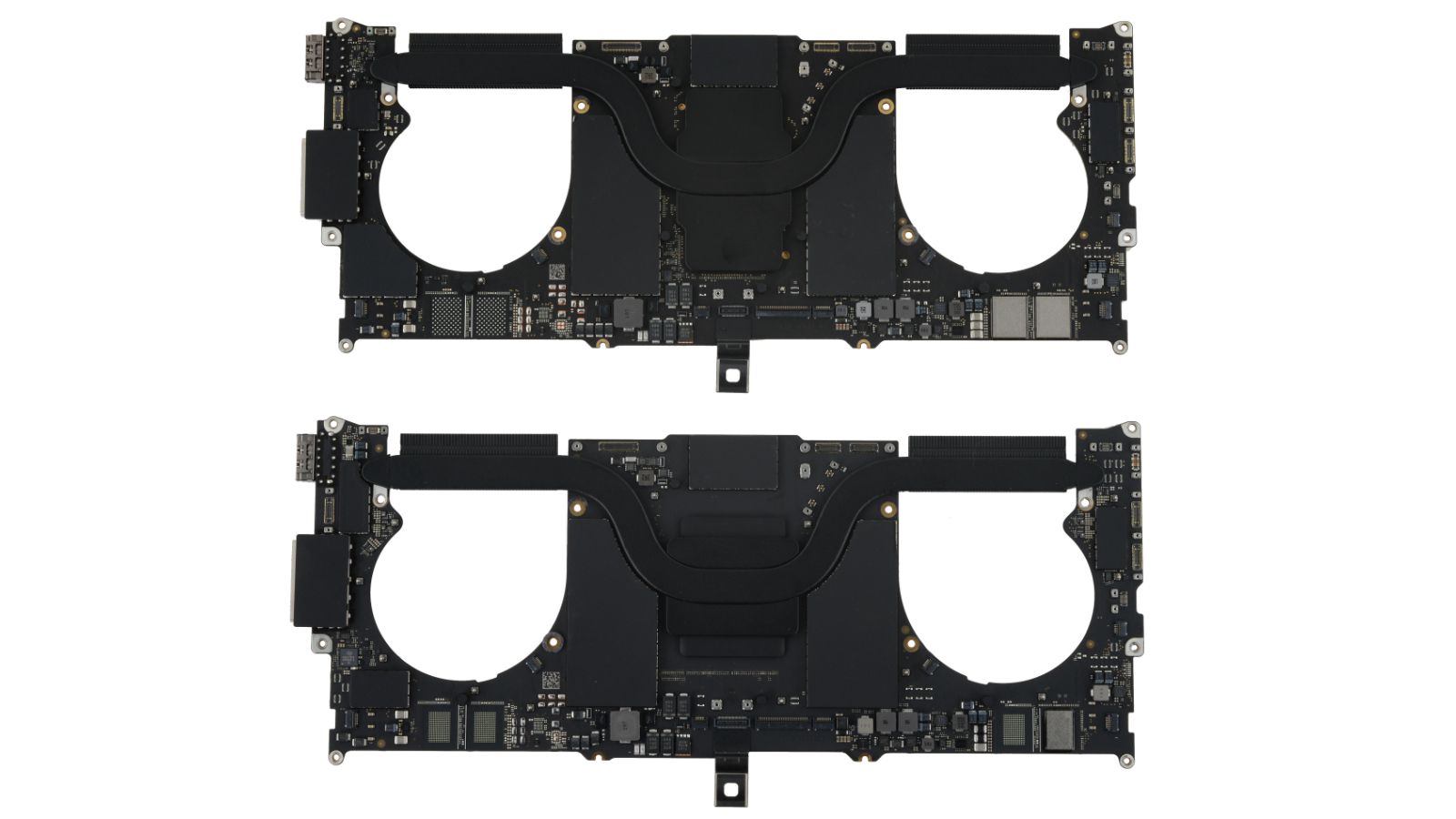Yes, obviously it's a trade-off where if the chip isn't ready then it isn't ready, but from a purely marketing perspective it's much better if your most expensive hardware isn't a generation behind your cheaper SKUs, especially when selling to consumers.
Apple's current situation works against itself where if you were in the market for an M1 Max Studio you might end up being "downsold" to an M2 Pro Mac Mini.
I completely agree, and as I said, I think Apple's marketing team would prefer that as well. Nevertheless, there are strong technical reasons for this trend to continue, even though I think there's a good chance we'll see the trend broken this year due to the N3 hiccup at TSMC. If TSMC can stick to their schedule in future years, it's more likely than not that Apple Marcom will just have to suck it up and do their best selling M3 Mac Pros while M4 Airs are starting to ship.
Hm, interesting, I wasn't thinking about this earlier, but if my first prediction about an M3 Mac Pro comes true (which is, recall, a low-confidence prediction!) then there's a pretty decent chance we wind up with no M3 generation of any other devices, unless they ship in the fall of this year. I can easily see some or all Macs going directly from M2 to M4 chips, moving to cores from the A17. Of course, Marcom would be very upset about this, so perhaps they will still be called M3, and they'll just have updated cores. Or, I suppose, the A17 could have nothing new beyond the original N3 design that was supposed to ship last year, and then all the Macs would indeed get M3s matching the M3 in the Mac Pro.
That would be interesting, because they'd still be very strong chips (new design + new process), and yet that would leave more advances for the A18, making it a more significant upgrade than it would otherwise have been.
The real takeaway... stock lots of popcorn, it's going to be a fun year!



